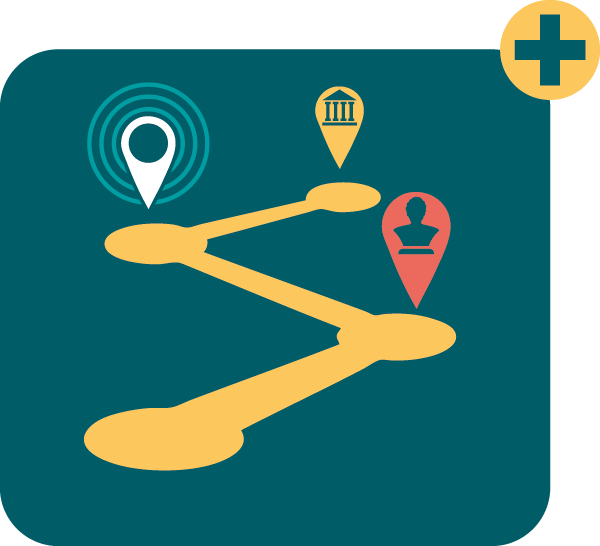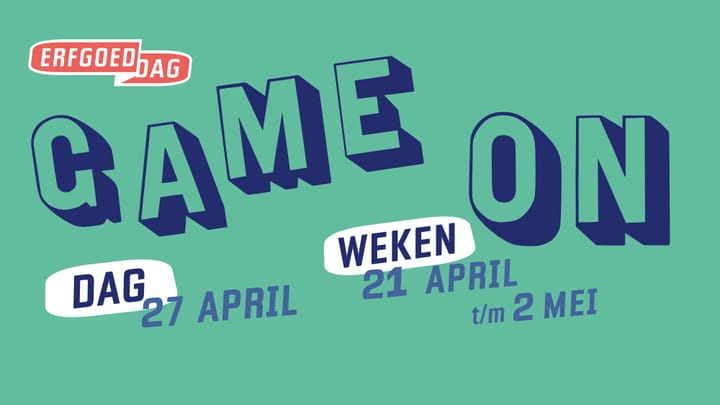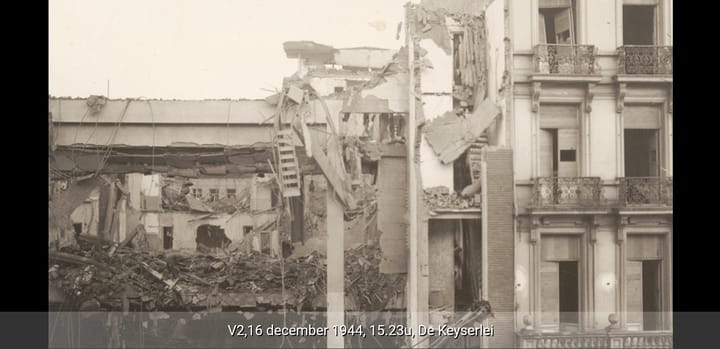Stories from the soil
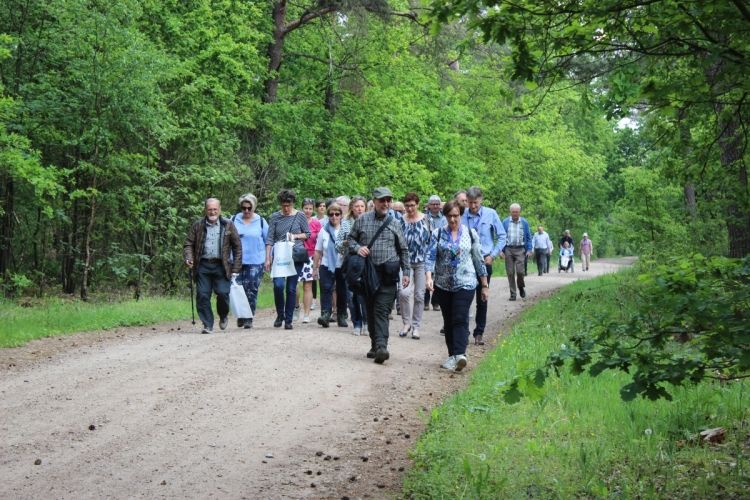
How did the inhabitants of the Low Kempen deal with their dead in prehistory? IOED Lage Kempen developedin the ErfgoedApp a tour that takes you along some relevant archaeological sites.
On a bicycle tour, you will learn, among other things, how Bronze and Iron Age people buried their dead in this region and why the Celtic Fields in Pelt have nothing at all to do with the Celts. Local heritage ambassadors will take you back to prehistoric times and tell you the story behind this extraordinary archaeological heritage.
European Year of Cultural Heritage
The tour is part of the project Stories from the soil. This is a project for which IOED Lage Kempen received grants as part of the European Year of Cultural Heritage. The municipalities of Bocholt, Hamont-Achel and Pelt became partners. The project consisted of two parts, participation and disclosure, and revolved around three archaeological sites spread across the municipalities involved: the urn field Dorperheide in Kaulille, the burial mounds of the Haarterheide in Hamont-Achel and the Celtic Fields complex in Pelt.
Heritage Ambassadors
For the participation part of the European project, a guided tour and a lecture evening were organized at each site. At these times, enthusiastic participants were sought who wanted to get involved in this local heritage. Result: a group of about twenty heritage ambassadors who collaborated in opening up the sites. Now that the project is finished, they continue to work in different teams to raise awareness of the sites and increase support for their conservation and management. Meanwhile, the heritage ambassadors who collaborated on the project plan to use the ErfgoedApp for other projects within their operations.
Access
To open up the sites, the choice was made to place an information panel and a bench at each site. In this way, the sites - often previously unknown and therefore unloved - were transformed into meaningful resting places for hikers and cyclists. The digital tour ensures that the sites are not overloaded with info panels. Those who wish can obtain more information via the ErfgoedApp . The different geographical points in the ErfgoedApp are linked together in a brochure with bicycle route. This is provided free of charge by the tourist services of the municipalities involved.
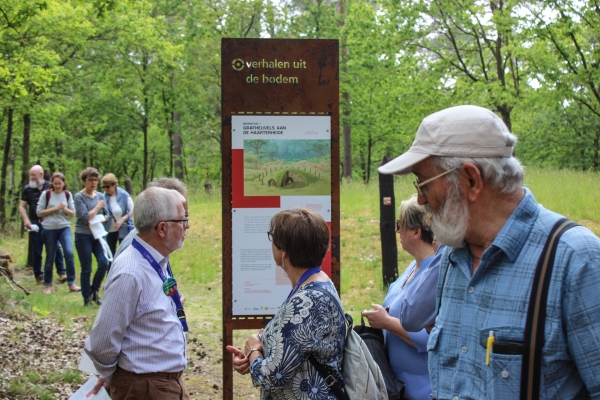
Working within a limited time frame
As local volunteers, the heritage ambassadors were closely involved in the development of the information panels and the bicycle brochure. For the ErfgoedApp, they themselves fully determined the content. The IOED imported the information they supplied into the ErfgoedApp . Now that the project is completed, results are being collected on the use of the app in order to later develop a next version.
Due to working with heritage ambassadors for a relatively short period of time (January-May), the IOED was not able to use the ErfgoedApp entirely as originally intended. For example, the intention was to make more intensive use of audio and video clips, for which there was no time in the short course of the project. This "first" version of the tour was therefore worked out simply with a few theme buttons behind which there is an image carousel. However, this way of working brought some limitations. The IOED mainly takes from this that in such a participatory approach a wider period should be provided to work something out together.
What are you waiting for?
Cycle about 40 km past archaeological sites. Stops include the archaeological sites of Haarterheide and Dorperheide.
- In Pelt you can hardly recognize the remains of the Celtic Fields in the field, but through the ErfgoedApp they become clearly visible! Thanks to the images from the digital elevation model, you can recognize the structure of these prehistoric walls.
- In an old excerpt from VRT's archives, grave plunderers from the 1970s show how they went about their business in Limburg's urn fields and burial mounds.
Download the tour Verhalen uit de bodem in the ErfgoedApp or pick up the free brochure at the tourist office of the participating municipalities.
